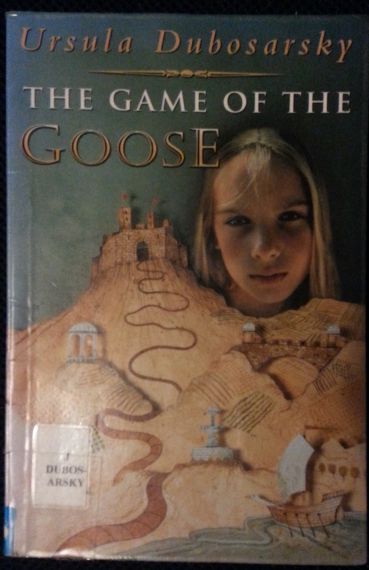
Each player's piece is moved according to throws of one or two dice. The board consists of a track with consecutively numbered spaces (usually 63), and is often arranged in a spiral with the starting point at the outside. In the 1960s, the game company CO-5 marketed a variant called Gooses Wild.

According to this hypothesis, the game was invented by the Knights Templar, who were in charge of protecting those on pilgrimage to the main holy cities: Compostela, Rome and Jerusalem.

Another theory links the game to the Pilgrims' Way to Santiago, or the Road to Saint James of Compostela, in Galicia. In June 1597 John Wolfe enters the game in the Stationers' Register, as "the newe and most pleasant game of the goose". A version of the game was given as a gift by Grand Duke Francesco I de' Medici of Tuscany to King Philip II of Spain sometime between 15. Some connect the game with the Phaistos Disc because of its spiral shape but, as Caroline Goodfellow notes, the two games "are unlikely to have been the same". According to Adrien Seville, the earliest recorded mention to the game was in a book of sermons by the Dominican friar Gabriele da Barletta published in 1480. Commercial versions of the game appeared in the 1880s and 1890s, and feature typical old European characteristics such as an old well and children in clothes from the period. The game is mostly played in Europe and seen as family entertainment. It attained great popularity in the 16th century. It is considered the prototype of many of the commercial European racing board games of later centuries. The aim of the game is to reach square number 63 before any of the other players, while avoiding obstacles such as the Inn, the Bridge, and Death.

The Game of the Goose or goose game is a board game where two or more players move pieces around a track by rolling one or two dice.


 0 kommentar(er)
0 kommentar(er)
